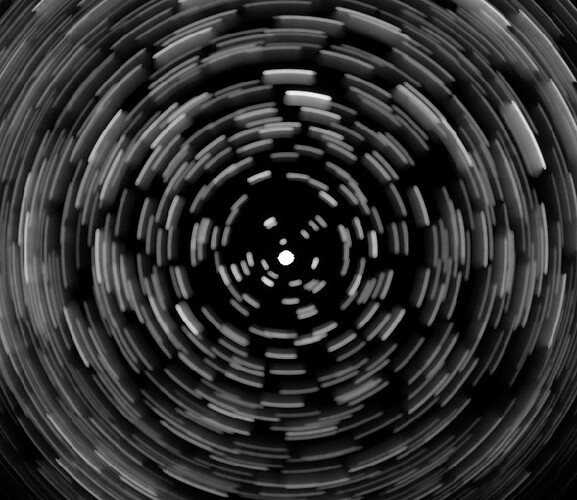The 21st major release of the Photon Simulator (PhoSim) is completed, tagged, and validated as PhoSim v5.6!
For those of you who are already familiar with PhoSim, please skip to the next paragraph. PhoSim is an ab initio Monte Carlo simulation code of the IR/optical/UV/X-ray physics of astronomical observations. PhoSim fundamentally creates emergent measurement errors (photometric/astrometric/PSF size/shape) imprinted in realistic images by using basic physics rather than using models/parameterizations. PhoSim is also extremely fast with novel numerical algorithms, advanced Monte Carlo techniques, and efficient multithreading methods. It can be run on laptops/desktops as well as in high performance computing environments. Major improvements in the past 4 years have been: 1) full implementation of opto-mechanical physics, 2) complete sensor electrostatics physics, 3) self-consistent atmosphere global hydro-based representations, 4) generalizations and implementations for many different telescopes, 5) simplification of the user interface, and 6) an internal astronomical catalog generator & operations capabilities. There is a major release (vX.Y) twice a year (in Summer and Winter). The major releases include hundreds of revisions. Between releases, there are intermediate patches (vX.Y.Z). These fix urgent bugs. There are hundreds of pages of documentation (routinely updated), 21 user tutorials, and the 4 reference papers. There are now 32 implemented telescopes, and more in development from at least 4 different teams. All of this is available through the main site listed below:
https://bitbucket.org/phosim/phosim_release/wiki/Home
Important new improvements in v5.6 include: the addition of a number of generic telescopes for quick aperture size comparisons, a number of new small and large telescopes as well as updates for previously implemented telescopes (esp. JWST), automatic transmission calculations for uncoated surfaces, the ability to read out sensors for drift scanning and corresponding ability to turn of rotation tracking, the ability to automatically use the WCS from truth images, tools for morphology testing, and a full global representation of artificial light. There are also three new tutorials. We have updated information about the implemented observatories and background simulation options as well. Another important aspect of the PhoSim v5.6 release is a substantial number of changes that increase the overall speed and performance by streamlining the overall set of computations, reducing the memory footprint, and improving thread management. For most configurations, you will see a 30%- 50% improvement over v5.5 (and much more compared to earlier versions). In addition, if you don’t want to run PhoSim yourself, there is a substantial amount of example images which includes the PhoSim Rubin Survey (PRS).
Please file tickets for bugs at the main site. And please email your feedback, questions, or collaboration ideas!
